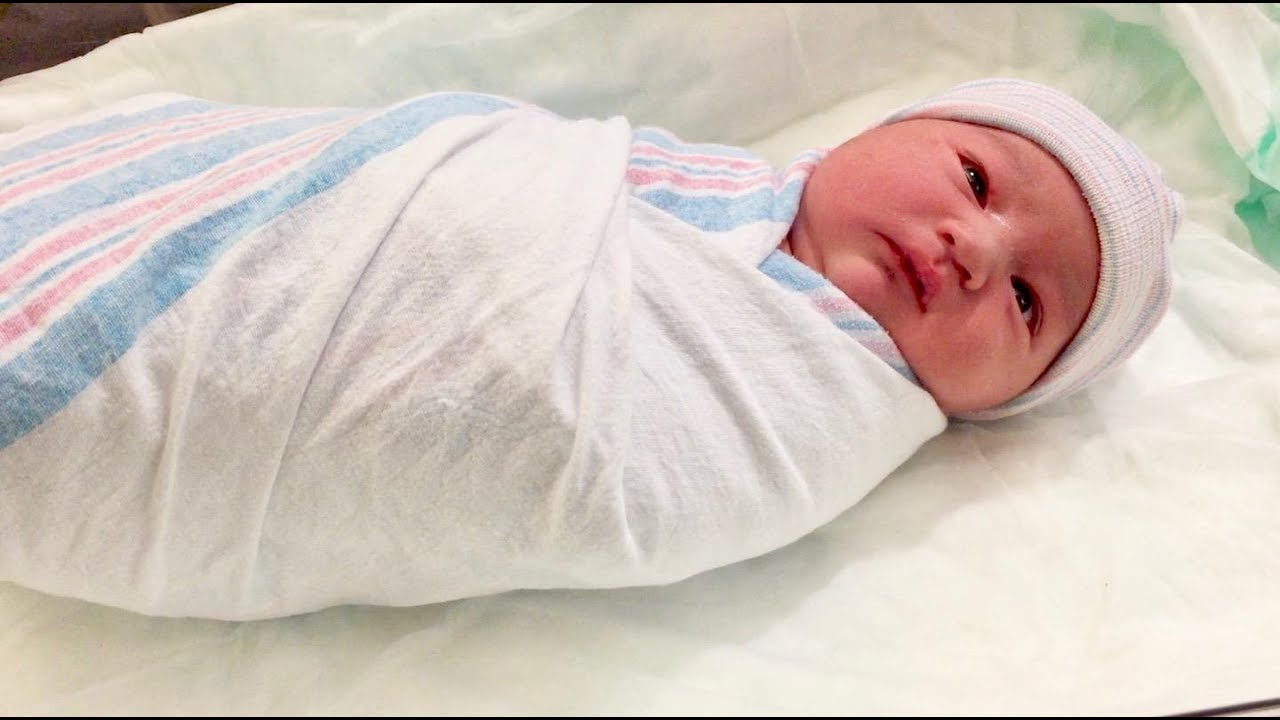Recognizing Signs of a Cold Baby: During my visits with clients, I often notice the following signs that indicate a baby may be too cold:
Prioritize Safety: In the past, blankets and warm water bottles were commonly used to keep babies warm. However, current recommendations prioritize safety. The bassinet should be free of any objects, including blankets and warm water bottles. Babies should be placed on their backs to sleep to reduce the risk of sudden infant death syndrome (SIDS). Tips to Keep Your Baby Warm:
Remember, newborns have limited body fat, which is an important source of insulation. This means they are more susceptible to losing heat rapidly. By creating a warm and comfortable environment, dressing your baby in appropriate layers, and practicing safe sleep habits, you can help regulate their body temperature, increase their comfort, and reduce the risk of complications associated with extreme temperatures. Conclusion: Keeping your newborn warm and comfortable is crucial for their well-being. By dressing your baby in appropriate layers, maintaining a pleasant room temperature, and utilizing baby blankets, sleep sacks, or swaddles, you can ensure their comfort and promote healthy growth. Remember to monitor your baby's body temperature and seek assistance if you have concerns about their warmth. By following these tips and prioritizing safety, you can create a warm and nurturing environment for your precious little one, reducing the risk of them losing heat rapidly and helping them conserve energy for growth and development. Comments are closed.
|
AuthorAfter a career as ICU nurse and medical sales representative I followed my passion and became in 2018 a certified birth and postpartum Doula. |
Experience at:
|
CONTACT INFO:
PHONE:
(202) 279 1089 EMAIL:
|

